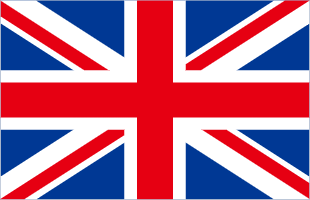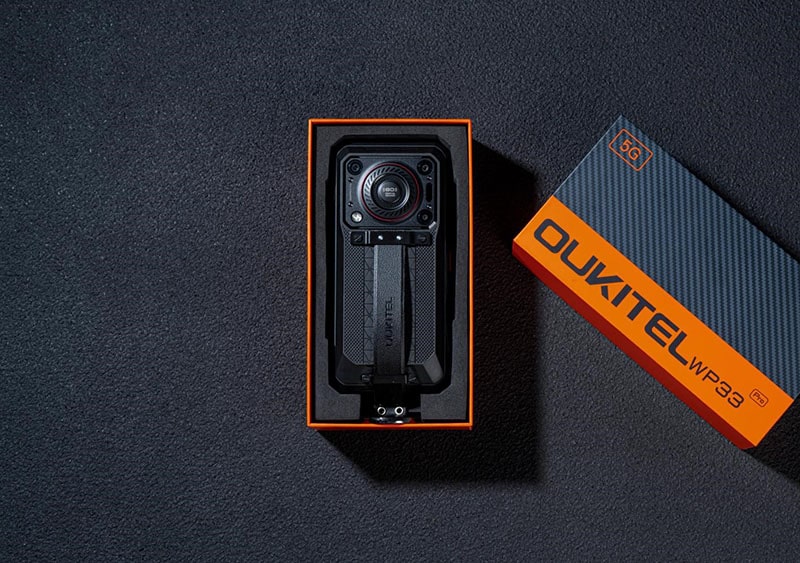GPS (Global Positioning System) and GLONASS (Global Navigation Satellite System) are two satellite-based technologies - great for navigation, tracking, and much more. Sure, they both serve up accurate locations, but there's a fine line of uniqueness in their offerings.
This article dives down to explore the foundations, functions, and perks of GPS and GLONASS – cross-comparing them in varied situations! We will also discuss the benefits of using both systems together and provide recommendations for choosing the appropriate system based on specific needs and applications.
GPS Overview
The Global Positioning System (GPS) is a satellite-driven radio navigation system that is under the ownership of the United States government and is managed by the U.S. Space Force. Break it down; you have three segments - space, control, and user.
The space quarter houses at least 24 satellites buzzing in six circular orbits; 20,200 km off-ground. The control segment's job is quite upfront - keep tabs on satellites and man operations. What does the user end do? GPS receivers fall within its spectrum; to catch signals from the satellites, process them for position details, velocity updates, or time check-ins!
Civilian service is accessible to users globally on an ongoing basis, without any restrictions, whereas military service is open to the United States and allied armed forces, along with approved government agencies.
GLONASS Overview
GLONASS, developed by the former Soviet Union, is primarily a radio-based satellite navigation facility. Under Russian control, it's incidentally Russia's answer to America’s GPS and Europe's Galileo system. A constellation of 24 satellites - 21 in usage along with three backups forms its backbone. The unique bit? They revolve in an orbit that lasts 11 hours and 15 minutes at a lofty altitude of nineteen thousand plus km.
The level of accuracy GLONASS ensures mirrors GPS when switched to C/A mode. Glimpses into history reveal work on this project hailed from 1976 with an ambition for global coverage by 1991. However, the economic meltdown in Russia during the ‘90s meant testing times for GLONASS. By 2011, their plan for global coverage was back on track. Satellite designs have seen several improvements over the years, culminating in the very latest: GLONASS-K!
A Comparative Analysis
Here are the key differences between GPS and GLONASS:
Development and Operation
GPS, or the Global Positioning System, is a US-originated satellite navigation system. In contrast, GLONASS, which stands for Global Navigation Satellite System, is developed and operated by Russia. Both of these two represent the flagship satellite programs in their respective nations.
Satellite Constellation
There are 24-32 satellites whizzing around for GPS. This makes up the core of navigation prowess. Meanwhile, GLONASS boasts a constellation comprised of 24 satellites. More satellites – better global coverage persistence and reliability!
Global Coverage
GPS vs GLONASS in terms of global coverage? It's a tie! Each blankets the whole planet Earth. A slight tipping of scales though - with GPS covering even the polar regions courtesy of its larger constellation size. Henceforth more regular service even closer to the Earth's poles!
Positioning Accuracy
Accuracy in positioning? GPS outperforms GLONASS GPS achieves a higher level of accuracy, typically ranging from 1 to 10 meters. This enhanced precision is crucial for applications that demand accurate location information like aviation, surveying, and those driven by geolocation just cannot do without it.
Signal Strength
Urban environments with high latitudes or signal hurdles won't intimidate GLONASS. Its robust signal strength gets it through the toughest terrains and the trickiest obstacles – adaptability at its finest!
Application Sensation
GPS and GLONASS immerse themselves right into varied sectors. They're flying planes in aviation; they're cruising ships in marine navigation; they're marching armies on military fields – and don’t forget about their recent dive into drone technology! Thanks to these satellite navigation systems, precision plus reliability equals unprecedented technological evolution across industries.
Combined Use of GPS and GLONASS
GPS and GLONASS, when paired together, offer an impressive positioning precision. It's a winning combo that shines in various domains - be it precision farming, geodetic surveying or navigating through harsh settings. Your ticket to navigation without interruptions! And the cherry on top? Absolute peace of mind during crucial missions.
GLONASS acts as an apt backup for GPS glitches. Signal interference or defective satellites, nothing faze it! Industries like aviation, maritime and military definitely find the added redundancy from GLONASS valuable.
On the flipside though comes in added time and effort. Reason? Tricky processing and ironing out interoperability issues between GPS-GLONASS observables. However, the synergy between GPS and GLONASS can unleash unparalleled navigation features, providing assurance, enhanced precision, and dependability.
Future Development
Here’s what the future holds when it comes to GPS and GLONASS:
GLONASS Space Segment Modernization:
As part of a key strategy, modernizing GLONASS Space Segment is underway. The journey started with the arrival of GLONASS-M satellites, marking the second generation. Technological advancement sits at the core, striving to amplify satellite efficiency and lifespan while catering to user demands and application requirements.
Global Coverage and Commercialization:
GLONASS shadows global coverage yet lags in commercial space against U.S. GPS system. Aware of a robust user segment's power for commercial triumph, Russia mobilizes efforts to promote GLONASS for civilian purposes. This not only boosts commercial prospects but fosters widespread use too. Ultimately, it hopes to match strides with other global navigation orienteers in market presence stakes.
Performance Improvement
Keeping up with global navigation norms calls for GLONASS's upliftment. On the drawing board - accuracy enhancements and reliability tweaks. Factors like on-board atomic clocks' performance, a revolving constellation of satellites, and ground segment monitoring get under the microscope. Neatly tying these together ensures that GLONASS stays in the race while quenching varied user needs.
International Collaboration
GLONASS station marks its footprint in South Africa! The move spells out international camaraderie along with consistency in elevating global reach and functioning of the GLONASS system. We're talking routine check ups on both GLONASS and GPS satellite navigation signals. All point towards interoperability steps upping reliability strides worldwide for satellite navigation systems. This is not just about extending GLONASS across borders but also stitching a resilient, interwoven fabric of universal navigation infrastructure!


















